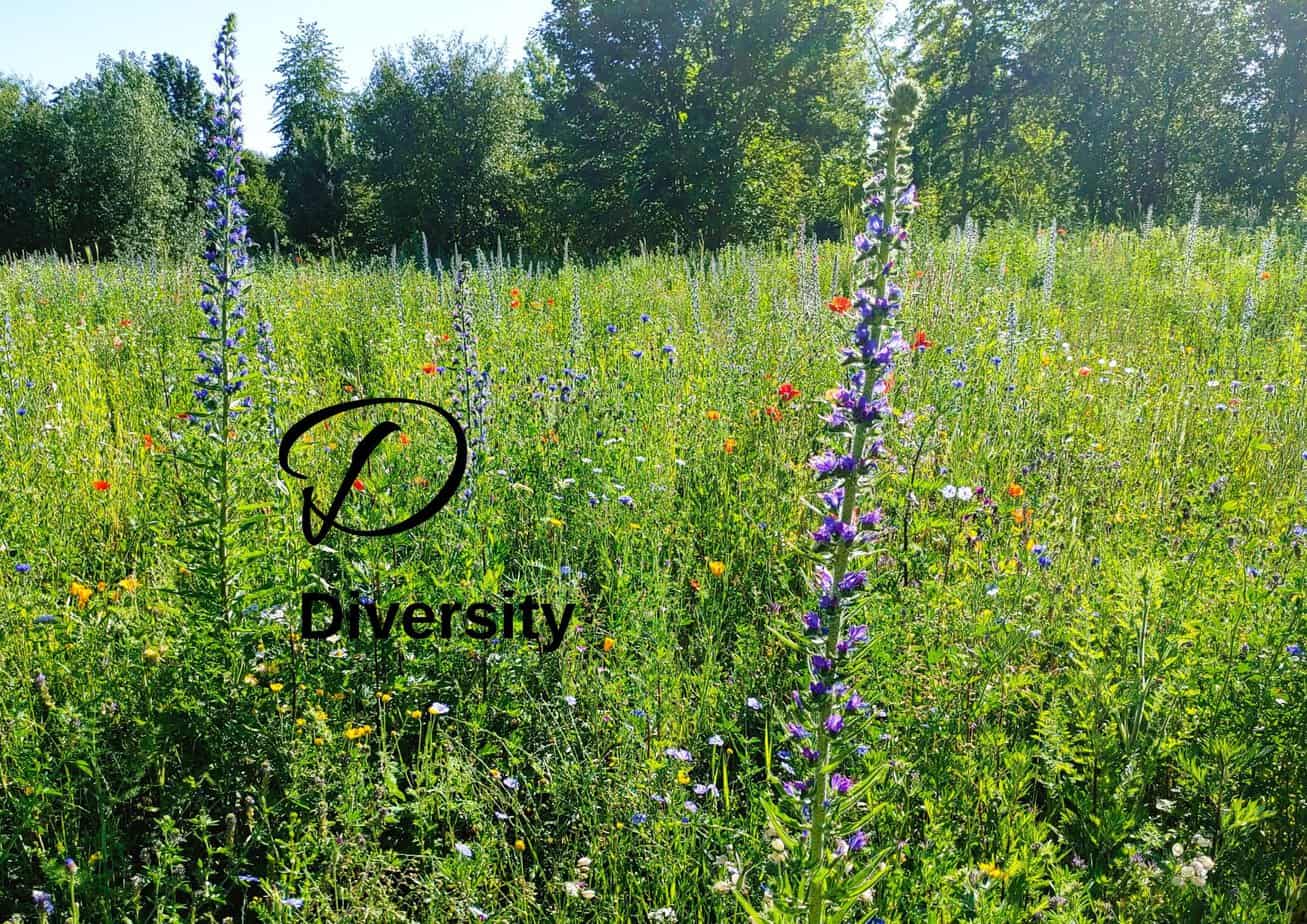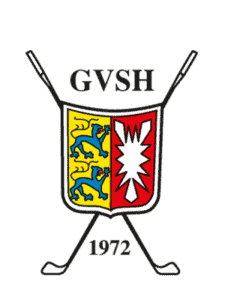Biodiversity lexicon: D for diversity
Diversity is another term for biological diversity or biodiversity. In an ecological context and therefore also on the golf course, it describes the diversity of life. It therefore includes animals, plants, fungi and microorganisms as well as the genetic diversity within these species and the diversity of habitats and ecosystems. This diversity is essential for the balance and stability of our environment.
A good example of diversity can be found in a meadow like the one you see next to a fairway. A species-rich flower meadow is home to many different plant species such as daisies, clover and bluebells. These provide a habitat and food for numerous insect species – such as wild bees, butterflies and grasshoppers. The greater the plant diversity, the more different animal species will find suitable living conditions there. A high level of diversity in the meadow, therefore, ensures a stable ecosystem that is more resistant to pests, diseases or climatic changes.
Subscribe to our newsletter!
News & trends about sustainability in golf
Diversity can also be observed in a pond. Frogs, dragonflies, water striders, snails and many other species live side by side here, each with their own ecological niche. Different aquatic plants purify the water, provide protection and oxygen, while microorganisms decompose organic material. A species-rich pond can regulate itself better than a monotonous body of water, as the individual species complement each other in their functions. It is, therefore important on the golf course that streams and ponds are enhanced with suitable planting after construction. Diversity is, therefore, not an end in itself but an essential requirement for healthy and functioning ecosystems.







